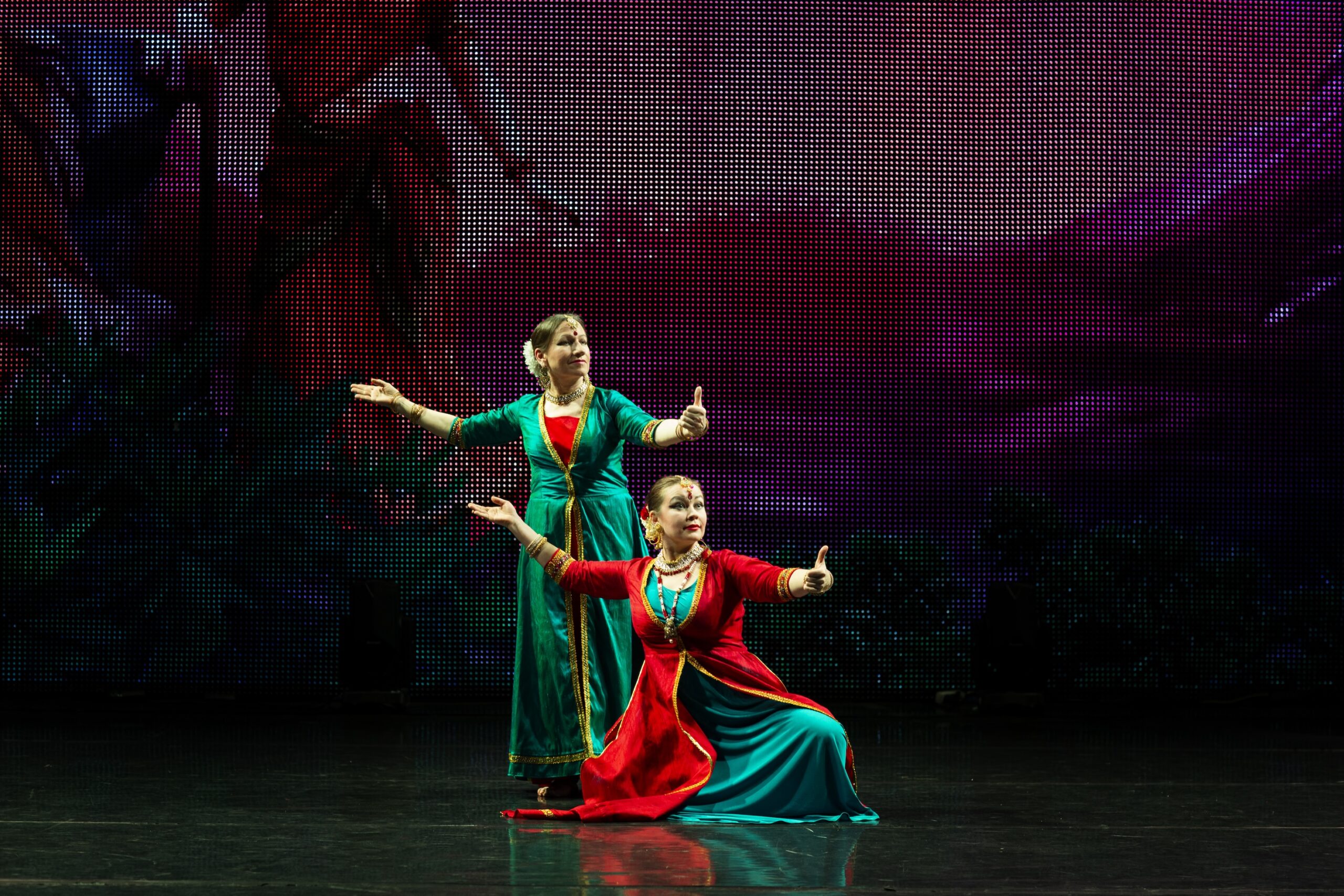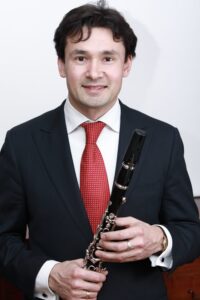Many Russian performers who arrived as students in 1990 will return to perform as seasoned artistes.
Published Feb 25, 2025 | 12:10 PM ⚊ Updated Feb 25, 2025 | 12:10 PM

Bengaluru Prepares for a Night of Music, Dance, and Devotion on Maha Shivaratri. (Supplied)
Synopsis: Music and dance performances by Russian and Indian artistes to mark 35 years of cultural ties that have brought the people of the two nations closer is scheduled on Maha Shivaratri at Shankaraa Foundation in Benglauru. ‘Spasibo’ is ‘thank you’ in Russian.
On 26 February, as the night resonates with the chants of Maha Shivaratri, the Shankaraa Foundation on Kanakapura Main Road, Bengaluru, will transform into a stage where two cultures merge in a grand celebration of music, dance, and devotion.
Titled Spasibo Shankaraa — Spasibo meaning “thank you” in Russian — the event is a tribute to the 35-year-old Indo-Russian cultural exchange that has fostered deep bonds between the people of the two nations.
A group of Russian dancers and musicians, who first arrived in India in 1990 as part of the White Lotus Group, return to perform alongside their Indian counterparts.
“This is not just an event; it is the culmination of decades of shared learning and love for the classical arts,” says Rashme Hegde, a leading exponent of Indian classical dance and founder trustee of Shankaraa Foundation.
“It’s a homecoming for many of these artistes, who have spent years mastering Indian dance and music.”
The event, divided into two segments, will unfold as a journey through devotion, elements of nature, and musical improvisation.

Dmitry, a highly accomplished clarinetist and founder-director of Soloist Academy in France. (Supplied)
The first part of the evening will open with Mallari, a ritualistic dance invoking Lord Shiva, performed by students of Sai Arts International and directed by Dr. Suparna Venkatesh.
This will be followed by Dance of the Elements, an ambitious performance that unites dancers from both countries — Vidushi Rajashree Holla (Kuchipudi), Vidushi Sandhya Udupa (Bharatanatyam), Tatiana Nazorova (Kathak), Dr Elina Komarova (dancer and choreographer), and Vidushi Kalpana Devaprasad (of Aerial Silk, a type of performance in which dancers hang from fabric).
Their piece will depict the Pancha Mahabhutas — the five fundamental elements —through distinct dance forms.
The first segment will conclude with Rhythms of Shiva, performed by Russian Kathakaars Vidushi Tatiana Nazarova and Vidushi Eleonora Petrova, showcasing their deep engagement with Indian classical traditions.
“For me, dance is more than just movement; it’s a way to connect spiritually,” said Tatiana Nazarova, reflecting on her decades-long journey with Kathak. “This performance is our way of expressing gratitude to Shiva and the Indian gurus who shaped our artistic paths.”
The latter half of the evening will see an enthralling Indo-Russian musical exchange.
Dr. Ekaterina Melnikova (Keyboard, Moscow Philharmonic), Dmitry Rasul Kareyev (Clarinet, Moscow), Vidushi Dr. Svetlana Janardan (Sitar), Master Siddharth Belmannu (Hindustani vocalist), Ashtana Vidwan B.S. Arun Kumar (Indian percussion) and Master Shadaj Godkhindi (Bansuri) will feature in this part of the programme.
The dialogue between musical traditions would culminate in a spontaneous jam session that blends Hindustani, Carnatic, and Western classical music.
“The first part is a traditional dedication to Shiva — a prayer of sorts,” shared Dr. Ekaterina Melnikova. “Then, we will explore fusion — Western compositions on Indian instruments, collaborative performances, and an open-ended celebration of sound.”
Melnikova, a world-renowned organist, first visited India in 1991 as part of the White Lotus Group. Her lifelong connection with Indian classical music is evident in her compositions, which incorporate dance-like rhythms.
“Indian dance has always been with me,” she said speaking to South First. “The essence of art — dance or music — is how you breathe, move in time, and feel the sound.”
The emotional depth of Spasibo Shankaraa goes beyond performance. It is, at its core, a reunion of the White Lotus Group — artists who once came to India as young students and are now returning as seasoned professionals.
“We have had many groups visit India, but the White Lotus Group’s dedication always stood out,” said Rashme Hegde. “They trained under various gurus, embraced our traditions, and many received ICCR scholarships to further their studies. After nearly three decades, this event is our way of celebrating that journey.”
The White Lotus Group has been instrumental in popularising Indian classical dance in Russia.
Some members, like Tatiana Nazarova, have dedicated their lives to it. “That time in 1991 was like a dream come true,” she recalled. “Returning now, after all these years, it feels like we are completing a circle.”
Among the performers is Bengaluru-based Vidushi Kalpana Devaprasad, an aerial silk artist and contemporary dancer.
Her performance will integrate aerial silk with Indian contemporary dance, an art form still evolving in India.
“I’m the only one doing something completely different from the rest,” she noted. “It’s exciting to bring an unconventional element to this cultural space.”
Her choreography revolves around the Pancha Bhutas, symbolising the five elements in a visual spectacle.
“It’s wonderful collaborating with the Russian artists, who have maintained their deep connection with Indian arts despite living far away,” she added.
Beyond the performances, Kalpana has found inspiration in the collaboration with Russian artists, who have maintained a deep connection with Indian arts despite living far from the country.
“It’s very refreshing to see someone so deeply connected with Indian arts while not being in India for such a long time,” she noted.
She also observed that despite a 30-year gap between some of the performers and the Russian artists, rehearsals have been seamless.
“It doesn’t feel like they’ve been out of touch. We’re all discussing the same things and on the same page,” she told South First.
Adding to the night’s rich musical experience is Dr Svetlana Janardan, a pioneering Russian sitar exponent and Hindustani vocalist.
Originally from Kazan, Russia, Svetlana transitioned from Western classical piano to Indian classical music, later earning a PhD in sitar and Hindustani vocals.
Now based in India, she continues to perform globally.
For Spasibo Shankaraa, Svetlana has composed vocal and sitar pieces that will accompany the dance performances. “I’m singing a few compositions with dancers and also playing the sitar for the event,” she shared with South First.
“It’s truly special to see Russian artists dedicate their entire lives to Indian classical music.”
The emotional depth of Spasibo Shankaraa extends beyond performance — it is a reunion of the White Lotus Group, a testament to the lasting impact of cultural exchange.
“This event is a prayer for a world that needs more connection and understanding,” said Dr Melnikova.
As the night unfolds with a symphony of movement and sound, Spasibo Shankaraa will stand as a powerful reminder of art’s ability to transcend geographical limits.
(Edited by Rosamma Thomas)
